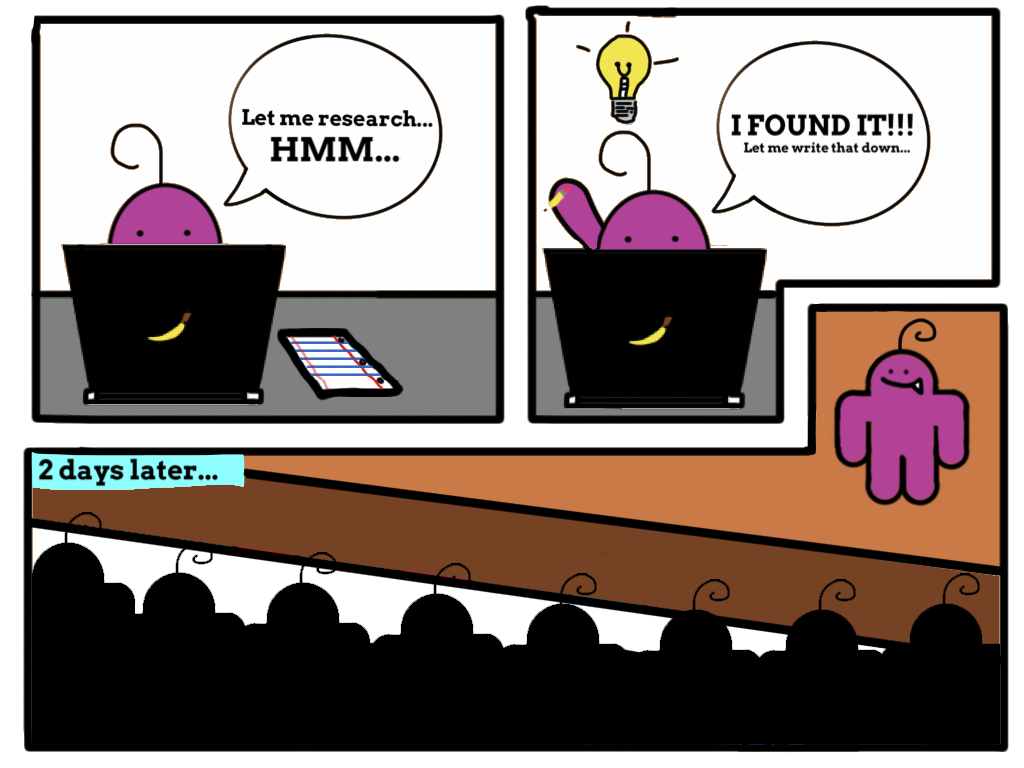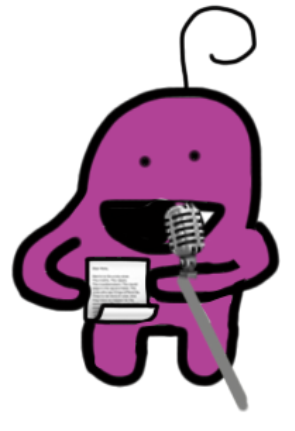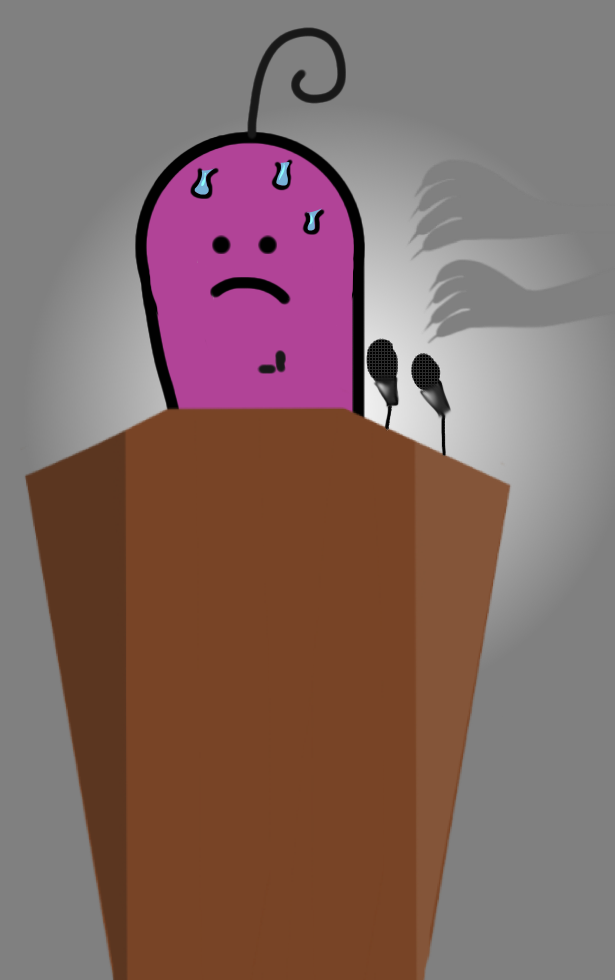When it comes to public speaking, there are multitudes of images, tutorial videos, thick books, and much, much more – all on the subject of what to try to include in a presentation and especially, what to avoid. It can become frankly exhausting to try and find short and sweet explanations that get right to the point, with helpful examples and even meaningful pictures. That’s why my brother and I are planning to address with this blog. We are also planning to release an e-book on this topic soon.
Do’s
Make sure to consider these tips while you are getting ready for your speech.

Plan your speech. This is one of those things that cannot be stressed enough. Planning a speech may seem unnecessary to some, but it is one thing to roughly plan your speech and another to plan it well. This is why it is so important. Consider answering the following questions – Why, Who, What, How and When ? as it applies to your speech and use these to guide your planning and preparation.
Practice your speech. I simply cannot emphasize this enough. You have to practice, practice, and practice! Nothing replaces practicing your speech. There are no shortcuts! Typically, you need to plan at least a few hours for practicing your speech – roughly half the total time it takes to think, research, write, practice and deliver the speech. In our upcoming ebook, we have included many more tips and tricks around how to practice your speech.

Know your audience. Yeah, I know, I know, this isn’t always possible. Unless you are doing a school, business presentation or participating in a debate, you may not have this chance. If you do have the chance though, please do try to get to know your audience as much as you can. Maybe you can ask the organizer of the speech, presentation or debate or ask others that have attended similar speeches or contests before? Do everything you possibly can to know ahead of time who is going to be in your audience.
Don’ts
Make sure to avoid these while getting ready for your speech.

Don’t read directly off of a presentation/notecards. This can be pretty distracting to the audience, and besides, it is also hard to communicate well if you don’t know you are going to say. It’s fine to use notes as a reference during a speech, but you shouldn’t read from those notes during your whole speech, just refer to it once in a while. Try not to write too much on individual slides or note cards either – it would take too many notecards and in the end, it can make it harder to resist just reading off of those notecards.

Don’t think too hard about the presentation itself. When planning and practicing the speech, as it sinks in just what you will be doing, it can get pretty stressful. However, a neat little trick you can use as your secret weapon is focusing on the good parts. When you do a presentation for school, you may not want to talk in front of all your classmates, so you don’t want to focus on that. Alternately, try thinking of how your presentation will benefit everyone. Know that when you put time into preparing and practicing, you will get good grades and the satisfaction of passing on interesting knowledge.
Don’t fidget. This isn’t talked about too much, because it doesn’t apply to everyone- some people have a constant problem with this, while others feel natural with moving their body to fit their speech. Fidgeting is actually good for you some of the time, because it can help support blood flow in your body, which is vital to your well-being. However, like many things, it is only really all that good in controlled amounts, and in certain places.
While it’s okay to bounce your legs under your desk as you do homework at home, it can be bad in a few other situations, including a speech. When you are engaging with your audience, it can be really distracting to them if you are pacing, tapping your feet, or moving your hands in a way that attracts their attention more than your actual speech. Because of this, try not to fidget. People also tend to fidget most when they are nervous or powered up with caffeine, sugar, or something else that makes you energetic. Because of this, it’s always a good idea to monitor what you eat (or drink) just before a presentation.

